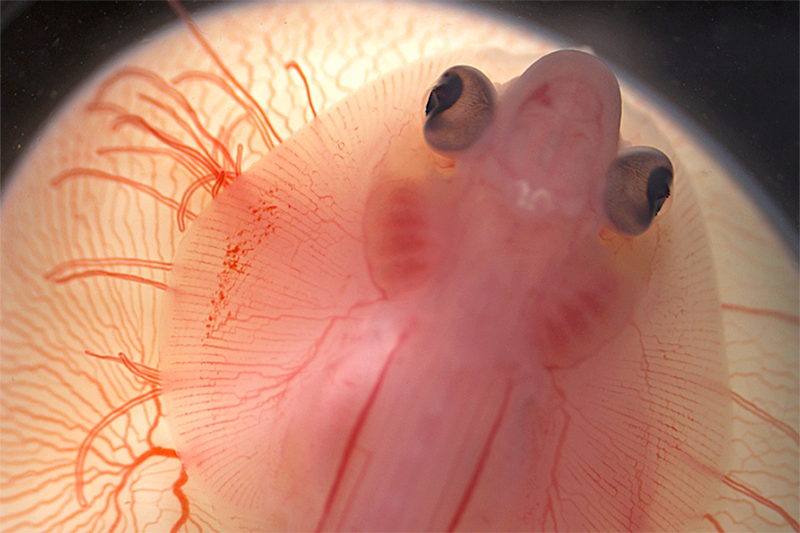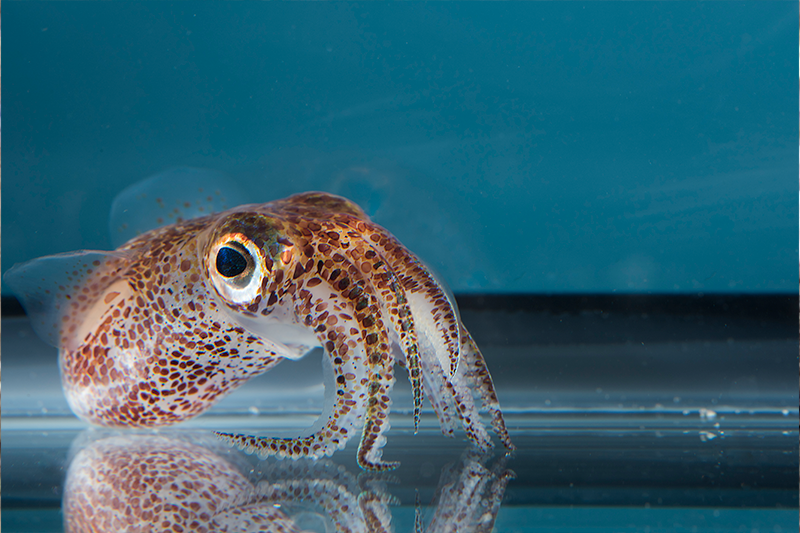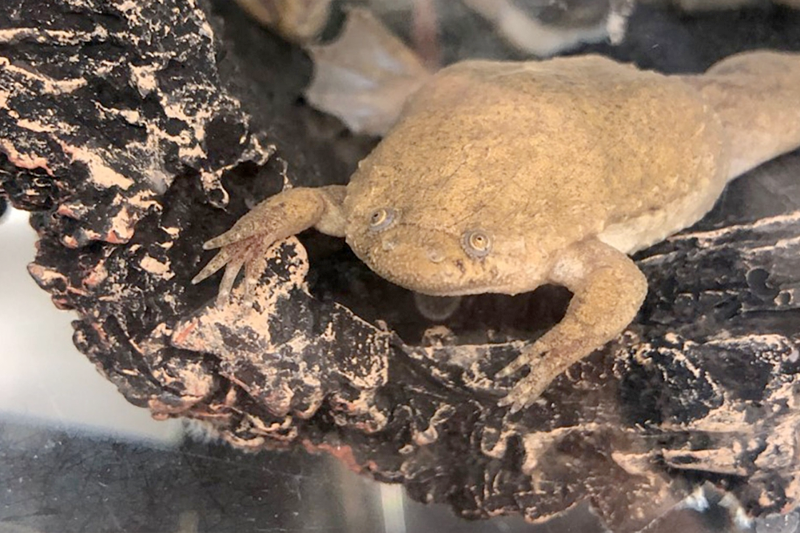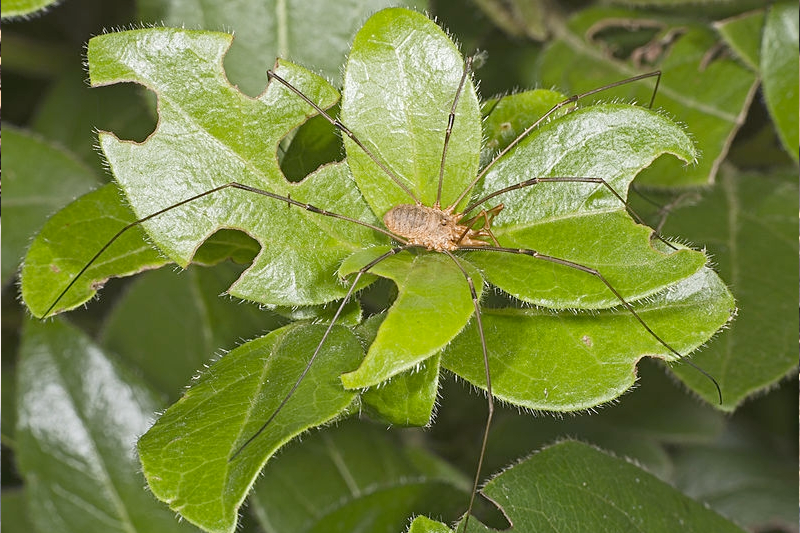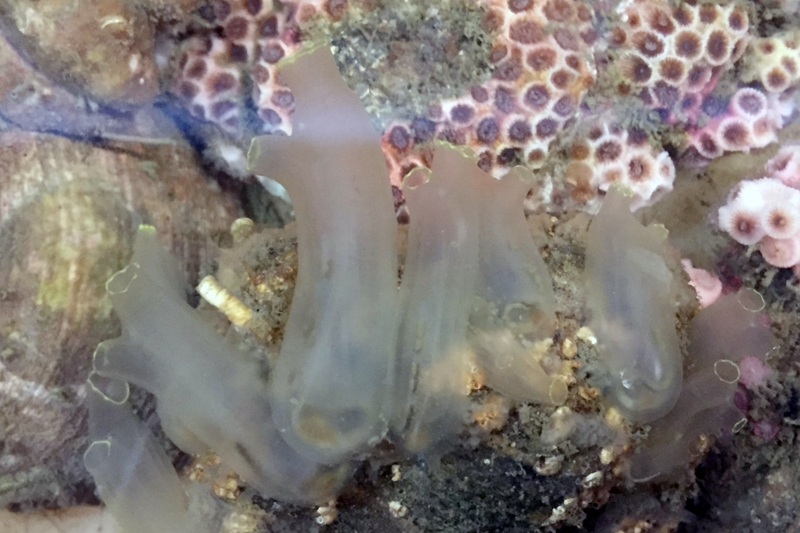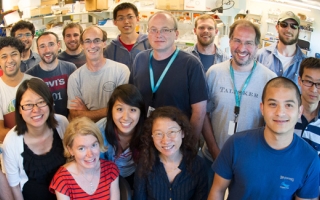MBL Awards Whitman Center Fellowships to 27 Outstanding Investigators

(Updated: May 8, 2023)* — A diverse group of 27 scientists from 26 universities and research institutes worldwide have been named 2023 Whitman Center Fellows by the Marine Biological Laboratory (MBL). These fellowships enable exceptional scientists, including Early Career Fellows, to conduct independent research at the MBL and take advantage of its unique resources and highly collaborative scientific community.
Whitman Center Fellows are supported for up to 10 weeks to pursue research, particularly within these fields of strategic vision for MBL:
- Evolutionary, genetic, and genomic approaches in regenerative and developmental biology, microbiomes, and neuroscience with an emphasis on marine organisms.
- Integrated imaging and computational approaches to illuminate cellular function and biology emerging from the study of marine and other organisms.
- Integrated approaches to the study of microbial communities and marine organisms in coastal communities.
- Research on global change and ecosystem ecology including research that leverages the MBL's Long-Term Ecological Research site at Plum Island, Massachusetts as well as long-term study sites on Cape Cod.
“We are thrilled to welcome this group of creative and talented scientists to the MBL!” said Anne Sylvester, MBL Director of Research. “These Whitman Fellows will strengthen and contribute significantly to our unique collaborative environment that values exciting science in an interactive, diverse, and inviting setting.”
The MBL provides access to state-of-the-art instrumentation, innovative imaging technology and research, genome sequencing, model marine and freshwater organisms, and modern laboratory facilities. It also offers an exceptionally dynamic, interactive, and creative scientific environment. In addition to its resident research programs, the MBL annually convenes hundreds of principal investigators, postdocs, graduate students, and research associates from around the world to participate in Whitman Center research, scientific discovery courses, lectures, and field studies.
This gallery shows some of the organisms this year's Whitman Fellows will be researching.
Several of the 2023 Whitman Fellows are coming to the MBL for the first time to launch a new project, while others will continue research programs they established in the Whitman Center in prior years. The fellows are:
Whitman Early Career Fellows
Sebastian Alvarado, The City University of New York (CUNY), Queens College
Integration of Molecular, Cellular, and Behavioral Substrates of Defensive Camouflage in the Hummingbird Bobtail Squid
NIKON FELLOW
David Scott Booth, University of California San Francisco
Establishing the Ecological Functions of Choanoflagellates in Microbial Communities that Surround Red Algal Seaweeds
Jessica Goodheart, American Museum of Natural History
Establishing Spatial Transcriptomics Methods in Molluscs to Understand Phagocytosis
Emily Junkins, University of California Santa Barbara
Evolution is Infectious: Co-evolutionary Dynamics Between Marine Microbial Aggregates and Bacteriophage
Samantha Lewis, University of California Berkeley
Mycoplankton as a Model of Organelle Viromics: Discovery of Marine Mitochondrial Viruses
Emily Mace, Columbia University Irving Medical Center
Understanding the Significance of the Glycocalyx in Lymphocyte Migration in 3D Microenvironments Using Advanced and Low Phototoxicity Imaging
Matthew McCoy, Stanford University
The Role of Gene Complexity in Cephalopod Development
Dragomir Milovanovic, German Center for Neurodegenerative Diseases (DZNE)
Condensate Biology of Synaptic Vesicle Clusters in the Synaptic Boutons of Lamprey
Horst Obenhaus, Kavli Institute for Systems Neuroscience at Norwegian University of Science and Technology (NTNU)
Sleep Replay and Its Relation to Learning and Memory in Cephalopods
Yuan Ren, Yale University
Direct Measurement of the Gating Force of the Mechanosensitive Channel TRP-4 in Vivo
E.E. JUST FELLOW
Sally Seraphin, Trinity College
Stress and the Evolutionary Neurobiological Mechanisms of Developmental Timing in Neotropical Frog Models of Early Childhood Adversity
José Vargas-Muniz, Southern Illinois University Carbondale
Characterizing the Mycobiome of Sea Squirt and Developing Genetic Tools for Marine-Derived Yeasts
Caroline Vissers, University of California San Francisco
Regulation of Cephalopod Neural Development by m6A RNA Methylation
Whitman Fellows
Aziz Aboobaker, University of Oxford
Inside the 8-ball: Mechanisms of Cell Fate Specification in the Marine Amphipod Parhyale hawaiensis
Mark Emerson, The City University of New York (CUNY), The City College of New York
Photoreceptor and Horizontal Cell Formation in the Little Skate Retina
Leon Islas, National Autonomous University of Mexico
Application of Fluorescence Microscopy to Understand the Regulation of pH and Calcification in the Coral Astrangia poculata
E.E. JUST FELLOW
Mandë Holford, The City University of New York (CUNY), Hunter College
Out of the Sea and Into the Well: Developing Model Systems for Venom Evolution and Development in Marine Mollusks
Kristina Lippmann, Leipzig University Medical Faculty
Structural Correlates of Short-Term Facilitation at a Cortical Synapse
Artur Llobet, University of Barcelona
Characterization of Xenopus tropicalis Mutant Lines Reproducing Lysosomal Storage Disorders
Amy Maddox, University of North Carolina at Chapel Hill
Cell and Developmental Ultrastructure and Dynamics
Veronica Martinez Acosta, University of the Incarnate Word
Myelin-like sheathing and Neural Regeneration in Lumbriculus
Brian McDermott, Case Western Reserve University
Molecules of the Hair Cell Mechanotransduction Apparatus of Euprymna berryi
Isabelle Schön, Royal Belgian Institute of Natural Sciences
Continuing to Develop Ostracods as Emerging Aquatic Model Organisms for Evolutionary and Biological Research
Prashant Pradeep Sharma, University of Wisconsin-Madison
Establishing Advanced Functional Tools in the Harvestman Phalangium opilio for Comparative Study of Arthropod Appendage Evolution
Gert Veenstra, Radboud University
Evolution and Development of Cardiac Cell Types
Shigeki Watanabe, Johns Hopkins University School of Medicine
Biophysical Regulation of Axon Plasticity
The Whitman Center awards are named after scientist Charles Otis Whitman, founding director of the MBL in 1888 and later a faculty member at the University of Chicago.
* Story updated to reflect that Duncan Bernardo Leitch has deferred to 2024.
